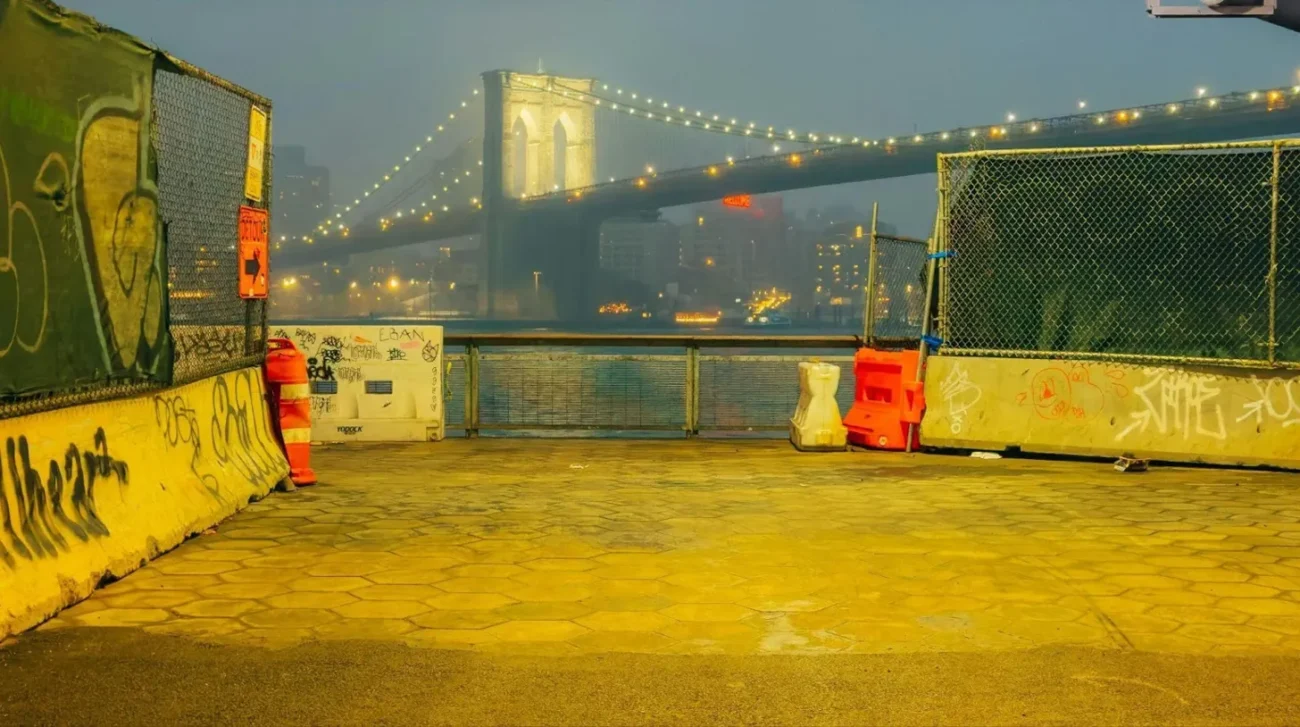The reconstruction of houses, businesses, or public areas often raises significant safety concerns. Hazards that workers and the general public face include moving traffic, heavy tools, and garbage from building projects. Establishing temporary walls is one of the most efficient methods for ensuring the safety of the area while building is taking place.
Before Work Starts, Know What Risks There Are
To ensure construction safety, the remodelling site must be risk assessed before building walls. Access points, pedestrian spaces, and other places where cars must turn are marked. This is a process stage. Maps of these risk zones help project managers identify the most important issues. Planning early ensures that the transformation can begin safely and smoothly. Jersey barriers from JP Concrete keep workers and equipment safe on these jobs.
How to Choose the Best Barrier for the Situation
Concrete is great for temporary barriers because it’s sturdy and long-lasting. It is needed for restorations that may involve large equipment and continual movement. Therefore, obstructions must be monitored and kept in place. Moving heavy machinery is notoriously difficult. Concrete barriers can endure wind, rain, and car accidents due to their strength. Safety barriers will remain in place as long as you maintain their stability at work. This feature significantly reduces unauthorised access and errors.
This Keeps Everyone Safe, Including the Workers
People who live, walk, or drive near the repair site need to be kept safe, as well as the workers performing the repair. A concrete wall surrounding the workplace can prevent workers from entering dangerous areas. Maintaining this distance protects people passing by from falling items, construction trucks, and other unexpected dangers. Barriers can also be used to make walking paths safe. This type of protection is something that large cities should consider.
How to Handle Traffic Near Construction Sites
Adjusting traffic flow is often necessary when making repairs in areas accessible to cars. Poor traffic management increases the likelihood of accidents, traffic jams, and uncertainty. Cars can stay on the right road with the help of concrete walls. In this way, cars stay out of work zones, and traffic can move. When making repairs on or near busy roads, safety is the paramount consideration.
Safety Rules Are Followed at All Times During the Process
The first thing that can be done to keep people safe is to put up walls. The hurdles are checked regularly to ensure they are still in place and haven’t been moved or damaged. Changes may be necessary as repairs progress and work sites undergo relocation. A safety plan for barrier repairs ensures that safety measures remain in place while the job is being done.
Physical barriers are a key layer of protection, but site safety also depends on appropriate personal protective equipment to guard workers from flying debris and dust. Safety glasses must be worn at all times in designated work areas, with requirements for impact-resistant lenses that meet ANSI Z87.1 standards. For employees who require vision correction, properly rated eyewear that fits under helmets and meets ANSI standards is essential. Including guidance on selecting fitted eye protection alongside barrier plans helps supervisors reduce incident risk and maintain productivity. Practical PPE recommendations make safety plans more actionable for on-site teams.
Conclusion
The right equipment and preparation can greatly reduce renovation risks. A temporary concrete barrier marks borders, protects workers and pedestrians, and prevents accidents from occurring. These barriers guide people and vehicles through construction areas. The structure eases movement. Their strength and stability make them perfect for keeping people safe in busy or dangerous renovation locations.
